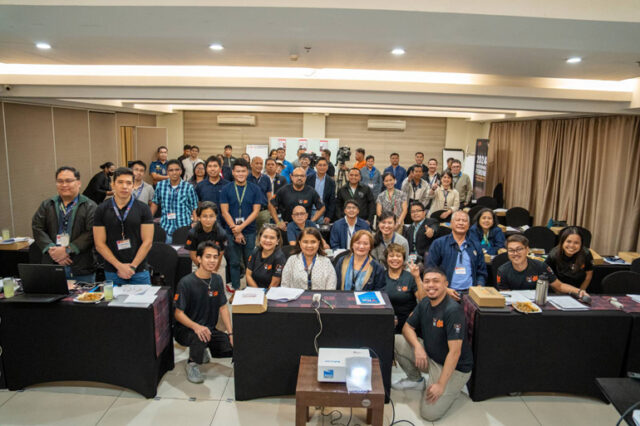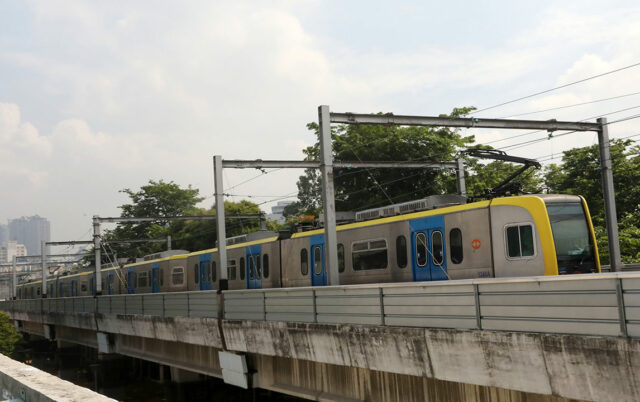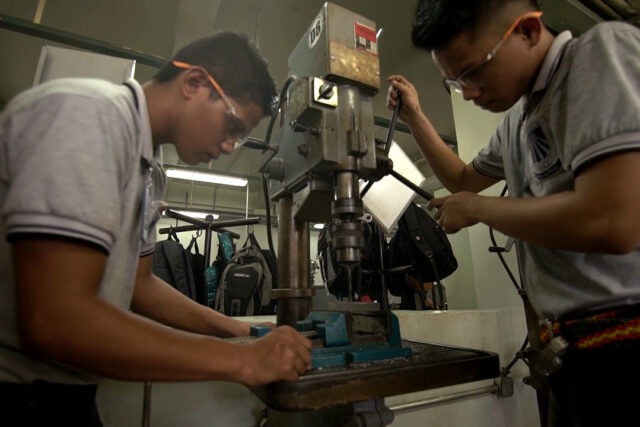Animal Kingdom Foundation takes bold steps to end dog meat trade in the Philippines
Renewing commitment among Philippine government agencies
In a groundbreaking initiative to combat dog meat trading in the Philippines, Animal Kingdom Foundation (AKF) held a National Forum bringing together key stakeholders from various government agencies to tackle strategies to end the cruel trade.
The National Forum aims to review the existing National Plan of Action (NAPOA) to Eliminate the Trade of Dogs For Meat for Human Consumption issued by the Department of Agriculture under Administrative Circular (DA-AC) No. 1 Series of 2016. The NAPOA is a collaborative and interagency framework where different agencies implement their respective roles toward the curbing of the cruel dog meat trade. Between 2014 to 2015, different fora were initiated by Animal Kingdom Foundation to discuss the ban on the dog meat trade. Under DA AC No. 1, it hoped to eliminate the dog meat trade by 2020 through key strategies. However, varying factors led to this being put on the backburner including the declaration of the pandemic in 2020.
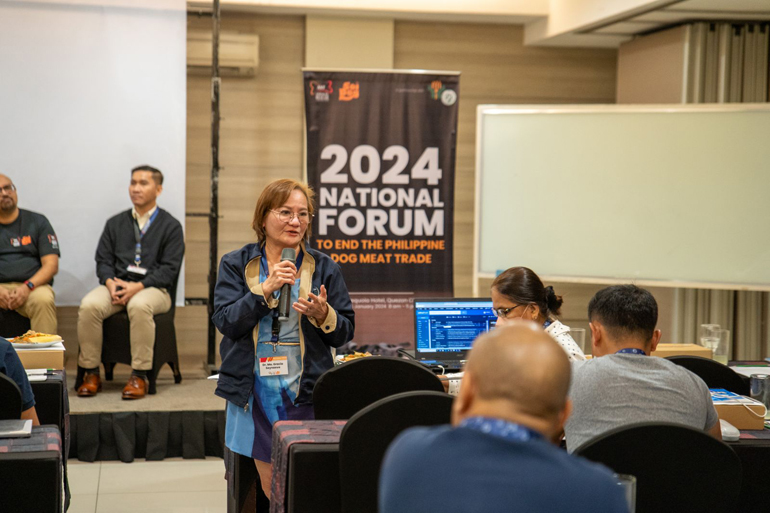 The Forum was attended by officials and experts from the Bureau of Animal Welfare (BAI), the Department of Interior and Local Government (DILG), the National Meat Inspection Service (NMIS), the Philippine National Police (PNP), the Committee on Animal Welfare (CAW), the Local Government Unit – Veterinarians as well as international NGO Soi Dog Foundation. Awards were also given in recognition of the active participation and role of the government stakeholders at the end of the dog meat trade campaign.
The Forum was attended by officials and experts from the Bureau of Animal Welfare (BAI), the Department of Interior and Local Government (DILG), the National Meat Inspection Service (NMIS), the Philippine National Police (PNP), the Committee on Animal Welfare (CAW), the Local Government Unit – Veterinarians as well as international NGO Soi Dog Foundation. Awards were also given in recognition of the active participation and role of the government stakeholders at the end of the dog meat trade campaign.
AKF pioneered the fight against the dog meat trade in the country nearly three decades ago with AKF’s founder, Charles Whartenberg, at the helm. The countless raids, rescues, and rehabilitation in partnership with the law enforcers, proved lacking and AKF recognized that a collaborative effort is necessary to achieve a significant change. Hence, the national plan of action was created that eventually set as an institutional interagency framework of collaboration aimed to enhance existing programs on dog meat trade elimination. During the forum, important challenges and solutions were discussed concerning the implementation of the NPOA. As an output, a joint memorandum of agreement and the creation of a task force dedicated to eliminating this practice is envisioned.
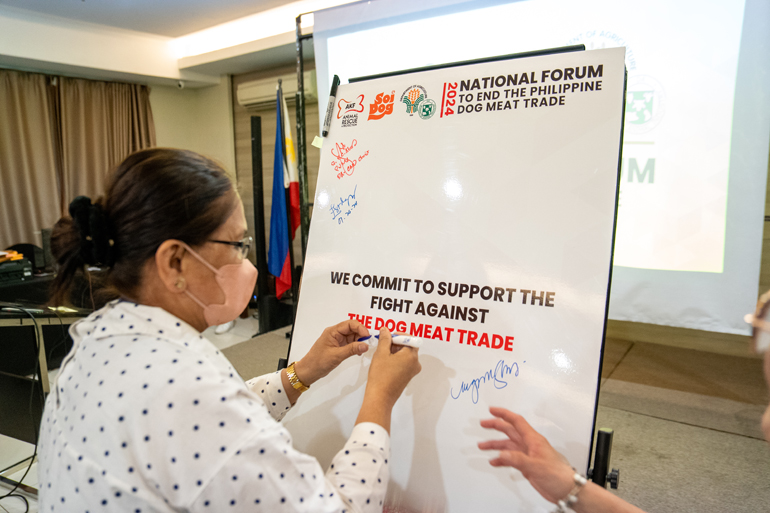 In a statement, Atty. Heidi Caguioa, Program Director for Animal Kingdom Foundation, said that the resounding renewal of commitment to the cause is significant and stressed the importance of collaboration against the cruel trade. “Let’s put an end to this. Every animal plays an important role in maintaining a healthy environment to live in. Animal welfare impacts human health and well-being. Animal welfare matters,” she further said.
In a statement, Atty. Heidi Caguioa, Program Director for Animal Kingdom Foundation, said that the resounding renewal of commitment to the cause is significant and stressed the importance of collaboration against the cruel trade. “Let’s put an end to this. Every animal plays an important role in maintaining a healthy environment to live in. Animal welfare impacts human health and well-being. Animal welfare matters,” she further said.
The fight against the dog meat trade in the Philippines has a long way to go but with the concerted efforts of public and private agencies, it is possible. And AKF will be there every step of the way. As mentioned by Soi Dog Foundation Senior Manager Faizan Jalil, AKF in the Philippines led the way for other neighboring countries like Taiwan, Thailand, Indonesia, Cambodia, Vietnam, South Korea, and China as being one of the first to recognize the issue. “We are thankful to AKF for allowing us to partner with them and be a part of this great cause,” he said.
Animal Kingdom Foundation urges everyone to join hands in this crucial endeavor. For more information, please visit www.akf.org.ph.
Spotlight is BusinessWorld’s sponsored section that allows advertisers to amplify their brand and connect with BusinessWorld’s audience by enabling them to publish their stories directly on the BusinessWorld website. For more information, send an email to online@bworldonline.com.
Join us on Viber at https://bit.ly/3hv6bLA to get more updates and subscribe to BusinessWorld’s titles and get exclusive content through www.bworld-x.com.

